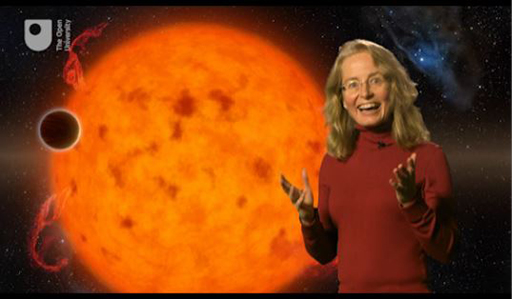Week 4: You’re in my light – transits
Introduction
Last week you learned how astronomers detect exoplanets by measuring the wobble of their stars. This week you will learn about a different technique for spotting them – waiting for them to pass in front of, or transit, their parent stars. You’ll start off by looking at planets that transit in our own Solar System, and then move on to exoplanet detection.
Watch this video in which Carole Haswell talks about what you will be doing this week.

Transcript
By the end of this week, you will be able to:
- state which planets in the Solar System are observed to transit the Sun, and explain why
- outline how transits can be used to identify exoplanets and measure the size of stars and planets
- state the relationship between radius and cross-sectional area for a sphere
- show you understand the size ratio between the Sun, Jupiter and Earth
- describe the relationship between transit depth and the ratio of radii of the planet and star (Rp /Rstar)2.
